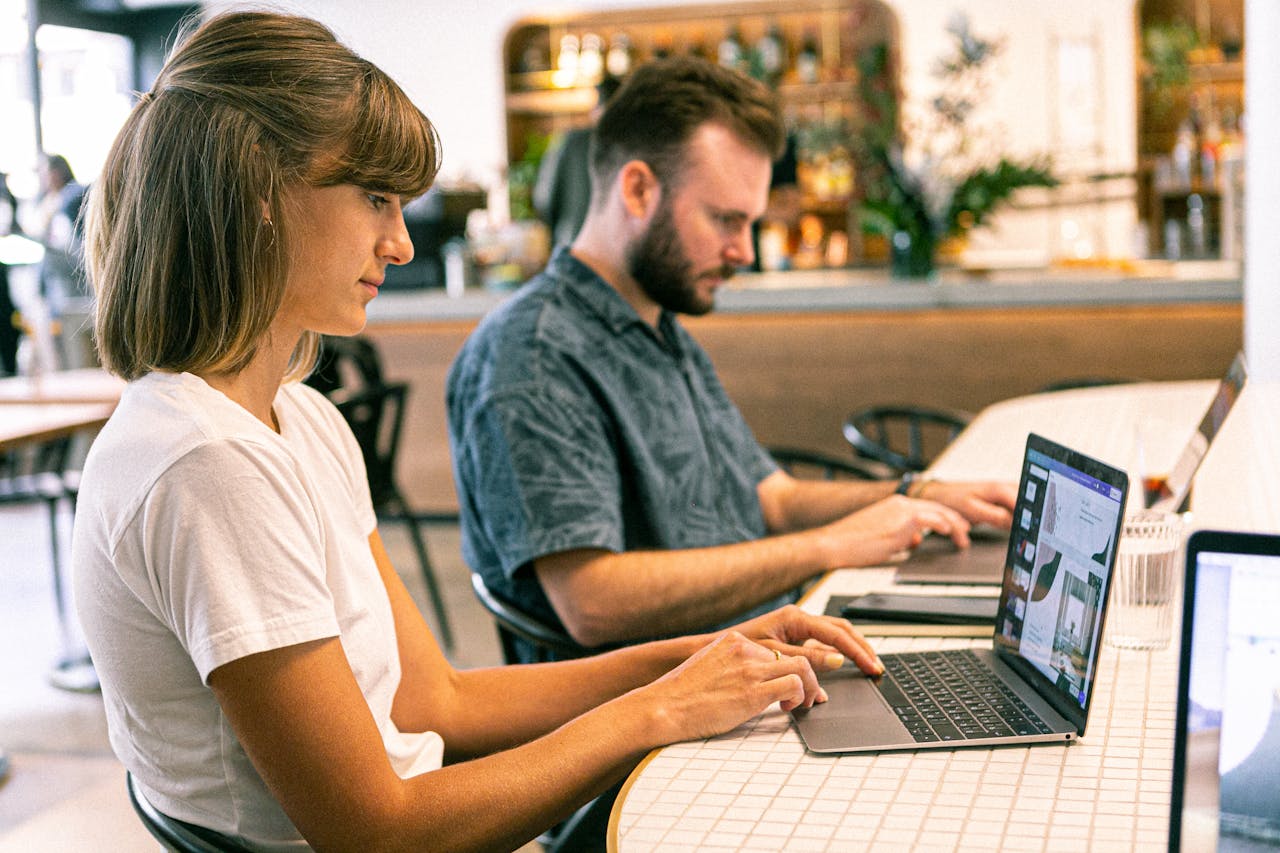Want to learn how to find local influencers to promote your brand? This article explains 6 ways to do just that and the benefits of local influencers.
Influencer marketing is a massive industry, and lots of top brands use it as part of their digital marketing portfolio. But unlike some other strategies, influencer marketing isn’t limited to top brands with big budgets.
Working with influencers to increase brand awareness or drive sales also works for smaller businesses. The key is finding the right influencers. And a lot of times for smaller brands, the right type of influencers are local influencers.
This article discusses finding local influencers to promote your brand on social media.
What do we mean by local influencers?
A local influencer by the standard definition would be an influencer based in the area that you want to target.
But I’d go a step further and argue that to market locally, a local influencer is also someone whose content relates to the town, city, or region where they’re located.
For example, imagine a fashion influencer living in the town of Salem, Massachusetts. If their content is about hauls from international fast fashion brands, they’re hardly offering a local edge. They could live in Salem or Singapore, but their content would be the same.
Now imagine a fashion influencer from Salem whose content focuses on shopping at small businesses, flea markets, or consignment shops in the area. An influencer with this local focus is going to be able to more naturally help you employ strategies that target that locale.
Which brands should work with local influencers?
First up, is working with local influencers the right strategy for you? Well, the answer to that depends on your company and your marketing objectives. Let’s take a look at some of the times when working with local influencers is a good fit.
Brands that already have a social media presence
First thing first: to work with influencers—local or otherwise—you’re going to need your social media profiles. Don’t expect to run successful influencer promotions if your brand doesn’t have a social presence.
Consider which network you want to tackle and make sure you have a profile with at least a basic content strategy in place. For local businesses, it’s also critical to have a Google Business profile set up so that people who see you promoted by an influencer can easily find you on Google.

Small businesses
Small businesses are a good fit for working with local influencers. First, small businesses usually focus on a specific geographic area, at least when getting started.
Second, SMBs have a smaller influencer marketing budget, which means that working with influencers famous around the world just isn’t feasible. But partnering with nano and micro influencers based in the target locale is a realistic option.
Businesses dependent on foot traffic
Businesses dependent on foot traffic are also good partners for local influencers, given that they want to target customers who can actually visit their establishments. Think restaurants and bars. Even if they’re part of a chain, they’ll have some type of marketing designed for each specific location.
Other examples here are museums, city/regional culture programs, and travel organizations. If you want to work with influencers to promote a specific destination or event, you’ll need to work with someone who understands the local culture and vibe.
Brands trying to penetrate a new geographical market
Another time to work with local influencers is when a brand—even a big brand—is trying to launch in a new geographical market. Local influencers can help you connect with the local audience more authentically.
Benefits of working with local influencers
Working with local influencers can bring some specific benefits to brands. Let’s take a look at a few of these.
Local influencers help you keep your finger on the local pulse
If you’re trying to market in a specific location, working with someone who knows it well will help you keep your finger on the pulse. Local influencers can help you understand the culture and climate of your target location.
They’ll be able to tell you what people from the area like, and what type of messaging will best resonate with them. Working with local influencers is a great way to get a firmer grasp on specific locations for your overall marketing strategies.
Local influencers bring foot traffic to your brick-and-mortar location
Since local influencers post content related to their local community, the majority of their followers are going to be people who can easily access that community. This means that when an influencer promotes your local business, the people who see that content will have the real possibility of visiting your brick-and-mortar location.
What’s more, is that they’ll probably want to. Since the influencer has spent time building their audience and curating their content to what the local audience likes, their followers will trust their recommendations.
They generate increased engagement among audiences
As mentioned above, most local influencers are nano or micro influencers. These influencers tend to have the highest engagement rates and highest audience authenticity rates among all influencer tiers.
Because their audiences are smaller, local influencers can interact with their followers more. This leads to increased engagement with the influencer, and increased awareness of and trust in the brands the influencer promotes.
They're a cost-effective way to do influencer marketing
Another benefit of local influencers (and nano and micro influencers in general) is that their collaboration fees will be lower than top or international influencers. That, coupled with their higher engagement rates, makes them a more cost-effective option for your influencer campaigns.
How to find local influencers
Finding local influencers doesn’t vary too much from identifying and finding your brand’s target influencers in general. But let’s look at a few tips specifically for how to find local influencers to promote your brand.
Use an influencer marketplace or influencer marketing platform
You might be wondering what’s the difference between an influencer marketplace and an influencer marketing platform.
An influencer marketplace is software designed to let you post your campaign and let influencers come to you. Typically, you specify the locations and influencer requirements for your campaign. Then influencers apply, and you choose who to partner with.
An influencer marketing platform is similar, but it’s usually more focused on the brand searching for influencers, contacting them, and seeing if they’re interested in a collaboration.
Heepsy blends both of these concepts in one platform: find influencers and let them find you at the same time. This is a great way to find local influencers because you can search on your own but also specify in your campaign that you’re looking for influencers from a specific location.

Check into your existing customers and fans
Another way to find local influencers is to analyze your existing customers and the people who interact with your brand on social media. If you find local influencers among them, you can take advantage of collaborating with someone who already understands your brand.
Working with a customer or brand fan leads to:
- Potential lower investment, since they’ve demonstrated an interest in your products
- Better content, because they’re familiar with your brand and its aesthetic
- More authentic messaging, because they’re genuinely interested in your brand
You can use Heepsy to run this type of analysis, too. Check out the video below to see how it's done.
Track local hashtags and keywords
Brainstorm a list of hashtags relevant to your location. Then plug them into Instagram, TikTok, or the network you want to use in your campaign and see who’s tagged their content with those tags.
Some networks, like TikTok, also allow you to search by keyword. In that case, repeat the same process to search keywords related to your target location.
Check out local geolocations
Some social networks, like Instagram, let users geotag their content. Find the geotags relevant to your target area and look for local influencers using them. Keep in mind that a location almost always has various tags that mean the same thing, with slight variations based on user input.
Use Google
Run a Google search for the location and category of influencer you’re interested in. Try adding “influencers” or “bloggers” to your search query.
For example:
- Salem fashion bloggers
- Bilbao food influencers
- Brooklyn vegan bloggers
Play with Google to find blogs or rankings of influencers where you might find your next local influencer partner.
Join local communities
Participating in local communities can also help you find influencers. Start attending local events or participating in local online groups.
Chances are local influencers will be doing the same. Once you identify someone who looks like a good fit for your brand, reach out and see if they’re interested in collaboration.
Conclusion
Local influencers can help you target a specific market, and serve as great consultants for understanding the culture and pulse of that location. Just remember to make sure that local influencers fit within your brand’s influencer marketing strategy, and understand which method for finding them works best for you.




